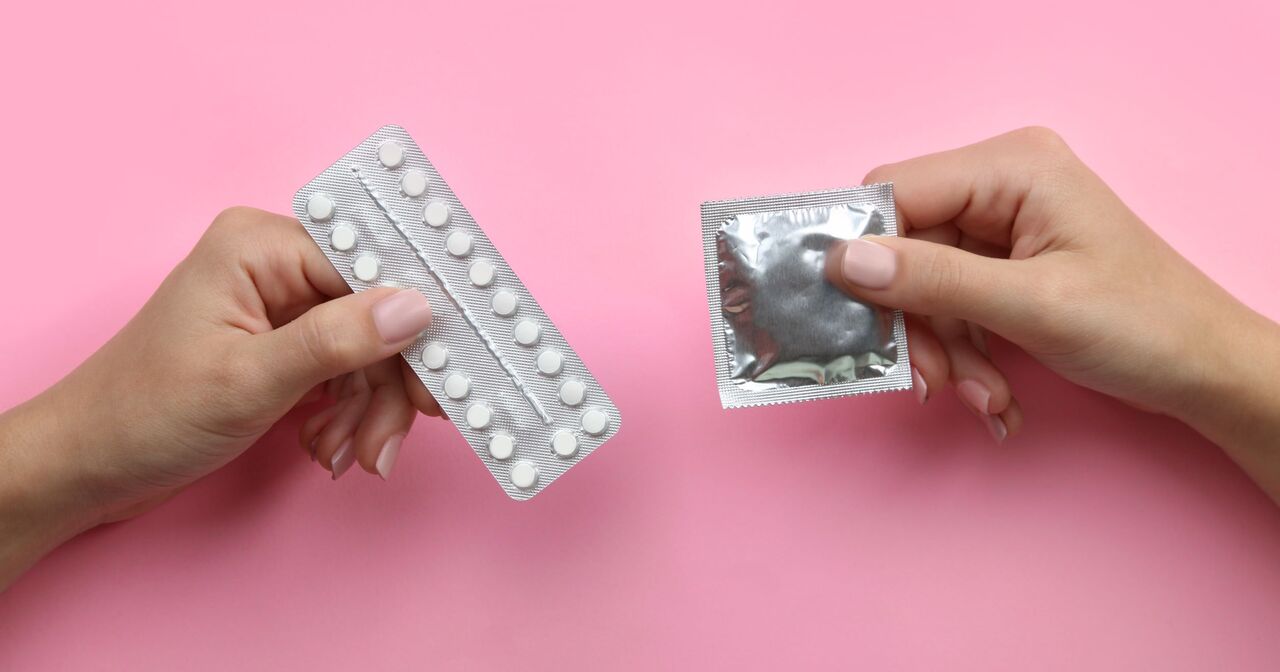Birth control methods can be started anytime you can be reasonably certain someone isn’t pregnant. That means that there is no need to wait for someone’s period to start their method of birth control. However, some methods of birth control aren’t effective the first day they are started, so a backup method of birth control, such as condoms or internal condoms, is recommended until the primary method is fully effective.
Factors that will impact your recommendation to use a backup method include if your patient is starting a new method of birth control or switching from another method, where they are in the menstrual cycle, if they’ve been recently pregnant, or if they need emergency contraception (EC) today.
Some methods never need backup
Three IUDs—the non-hormonal, copper IUD (Paragard), and the two IUDs with 52mg of levonorgestrel (LNG) (Mirena and Liletta)—work as EC, which means that they are effective (at least) five days before placement and therefore never need a backup method. The other birth control method that never needs backup is tubal sterilization, as these surgical procedures are effective the day that they are completed, so no backup method is needed.
Additionally, methods of birth control that are used only when having sex, such as condoms, withdrawal, or a diaphragm, are fully effective the first time they are used, so recommending a backup method isn’t necessary. However, these coital-dependent methods are less effective than hormonal methods, the copper IUD, or sterilization, so providers can recommend using an additional method for people interested in increasing the effectiveness of their method.
Ready for a test drive
If someone is starting a hormonal birth control method today—the pill, patch, ring, shot, implant, or IUD with less than 52mg of LNG—and meets any of the following criteria, no method of backup is needed and their method is fully effective the day it’s started:
- Not currently using a hormonal method of birth control and the first day of their last period was less than five days ago.
- Correctly and consistently using another method of hormonal birth control.
- First- or second-trimester pregnancy ended within the last seven days.
- Less than 21 days postpartum.
Call for backup
Everyone starting a hormonal method of birth control who doesn’t meet the criteria above should use a backup method of birth control for seven days after starting their method of birth control. Providers can support patients in selecting a backup method and plan that works for them. For some people that might mean using condoms, internal condoms, or a diaphragm if they have sex, for others, it might mean abstaining from sex altogether. There is no one right backup method. Providers should also talk to patients about what to do if their backup method doesn’t go as planned and consider providing information about how to get EC, including offering a prescription. Keep reading for more information about how long patients need to use a backup method when starting a new birth control method after using EC.
Consider EC
Anyone who has had unprotected or under-protected sex in the last five days and who does not want to be pregnant should be offered EC today, balancing effectiveness, personal preference, and availability. The length of time a backup method is needed after taking EC depends on the type of EC method and the method of birth control they are starting after using EC.
- IUDs: People using an IUD as EC do not need to use a backup method of birth control (see section above about methods that never need backup).
- Over-the-counter levonorgestrel (LNG) EC pills (Plan B or generics) : Birth control can be started on the same day as LNG EC and a backup method should be recommended for anyone who doesn’t meet the criteria in the section above.
- Prescription ulipristal acetate (UPA) EC pills (ella): Because UPA-EC is an anti-progestin, the concern is that using birth control containing a progestin right after taking it may make the UPA-EC less effective. Guidelines recommend starting progestin-containing birth control methods five days after taking UPA-EC. Patients should use a backup method during those five days (and take EC again if they have unprotected or under-protected sex during that time) and then continue using a backup method for seven days after starting their new method for a total of 12 days.
Extra backup needed
Unfortunately, vasectomy is not effective until all of the sperm in the reproductive tract are gone, and the sperm count is zero. The amount of time this takes is different for different people and can take up to three months, so a backup method of birth control is needed until a sperm count of zero is verified.
Bottom line
Starting a new method of birth control method on the same day of a visit is a key component of patient-centered care. Knowing when to recommend a backup method and for how long helps patients avoid pregnancy when starting a new method of birth control while avoiding unnecessary backup for those who don’t need it.




